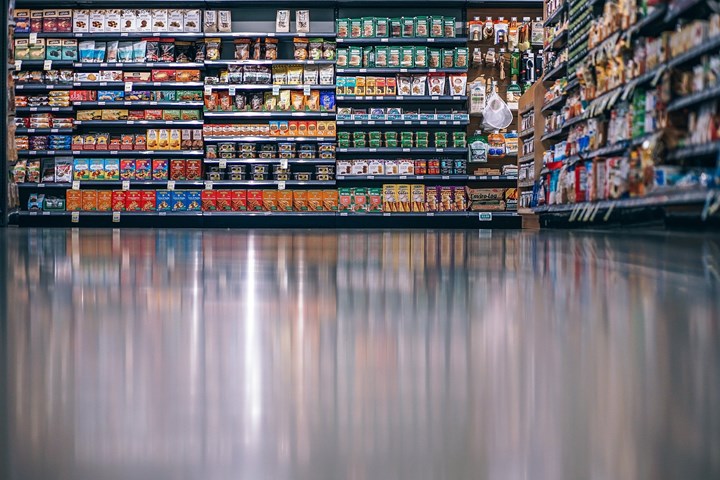New Industry Guidelines for Recycle Content in Food Packaging
PLASTICS has published the highly-anticipated guidance document.
The Plastics Industry Association (PLASTICS) has published the highly- anticipated industry guidance document to ensure recycled plastic packaging meets and exceeds compliance requirements to several U.S. Food and Drug Administration (FDA) regulations related to food-contact materials (FCM).
Developed over an extensive two-year process that combined association member companies’ unique industry insight with PLASTICS’ regulatory expertise, the guidance document is a product of PLASTICS’ Food, Drug, and Cosmetic Packaging Materials Committee (FDCPMC). This public policy committee is comprised of company representatives from all segments of the plastics industry, working to ensure plastic packaging protects both the product it contains and the health and safety of the end user. The committee works to harmonize regulatory policy that also supports economic growth and global trade in the food, pharmaceutical and cosmetic sectors.

Key elements of the guidance document address:
â–ª Food Contact Status
â–ª Microbiological Contamination
â–ª Kosher and Halal Compliance
â–ª Nanotechnology
Said George Southworth, PLASTICS senior director for the processors and brand owners advisory group. “As recyclers know, federal requirements for post-consumer recycled plastics usage in food-contact applications can be extremely complex. This guidance document is the result of a collaborative effort with our valued members and will provide clarity in understanding and writing compliance statements for recycled material in food packaging.”
Said Phil Berrier, product safety & compliance, and analytical service leader at Printpack, Inc., “We are a company that values both community citizenship and innovations that improve customer and consumer experiences, so we’ve been actively advocating for expanding access to high-quality recycled plastics. The guidance we created will further open supply chain collaboration for food safe recycled materials so food packaging converters can keep up with downstream demand and brand owners can confidently promote their products.”
Related Content
-
Fundamentals of Polyethylene – Part 6: PE Performance
Don’t assume you know everything there is to know about PE because it’s been around so long. Here is yet another example of how the performance of PE is influenced by molecular weight and density.
-
Prices for All Volume Resins Head Down at End of 2023
Flat-to-downward trajectory for at least this month.
-
March 2025 Resin Pricing: Commodity Resin Prices Firm Up
Unplanned and planned production disruptions, rising feedstock costs and variables such as the potential impact of pending tariffs all factor in.






